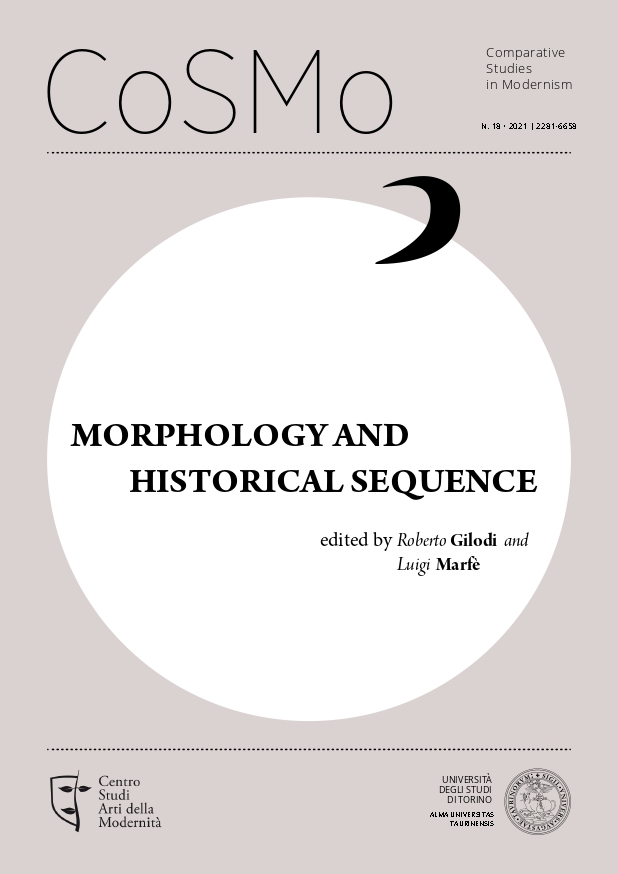Power Relations and Mimetic Desire at the Origin of History
The Tale of Gyges and Candaule (Herodotus, Boccaccio and Moravia)
DOI:
https://doi.org/10.13135/2281-6658/639Keywords:
History and Narrative, Mimetic Desire, Balance and relations of Power, Herodotus, Boccaccio, Alatiel, MoraviaAbstract
The essay reads Herodotus’ tale of Gyges and Candaule as a fundamental archetype of human behavior set at the origins of History. By dramatizing the “mimetic desire” (Girard) within “relations of power” (Ginzburg), the narration represents History in its universality, through the lens of literary characters, symbols and plots. Among the rewritings of the tale, Boccaccio’s Dec., II 7 and Moravia’s novel La donna leopardo show the strength and the flexibility of the archetype in suiting different historical and cultural contexts.
Downloads
Downloads
Published
Issue
Section
License
Authors keep the copyrights for their work and give the journal the work’s first publication copyright, which is at the same time licensed under a Creative Commons License – Attribution, which in turn allows other parties to share the work with an acknowledgement of the work's authorship and initial publication in this journal.
Content Licence

You are free to copy, distribute and transmit the work, and to adapt the work. You must attribute the work in the manner specified by the author or licensor (but not in any way that suggests that they endorse you or your use of the work).
Metadata licence

CoSMo published articles metadata are dedicated to the public domain by waiving all publisher's rights to the work worldwide under copyright law, including all related and neighboring rights, to the extent allowed by law.
You can copy, modify, distribute and perform the work, even for commercial purposes, all without asking permission.





